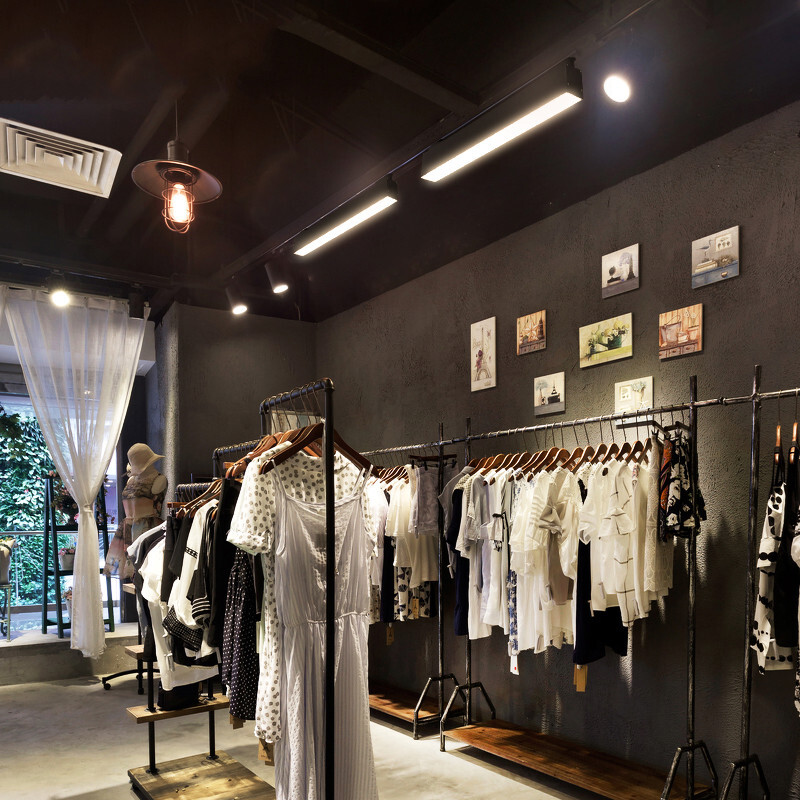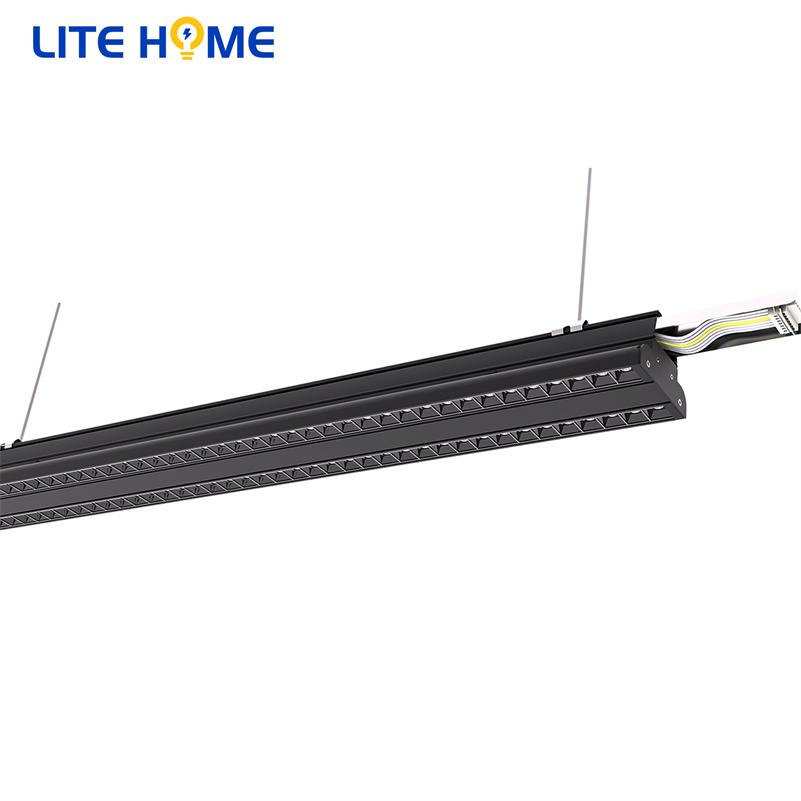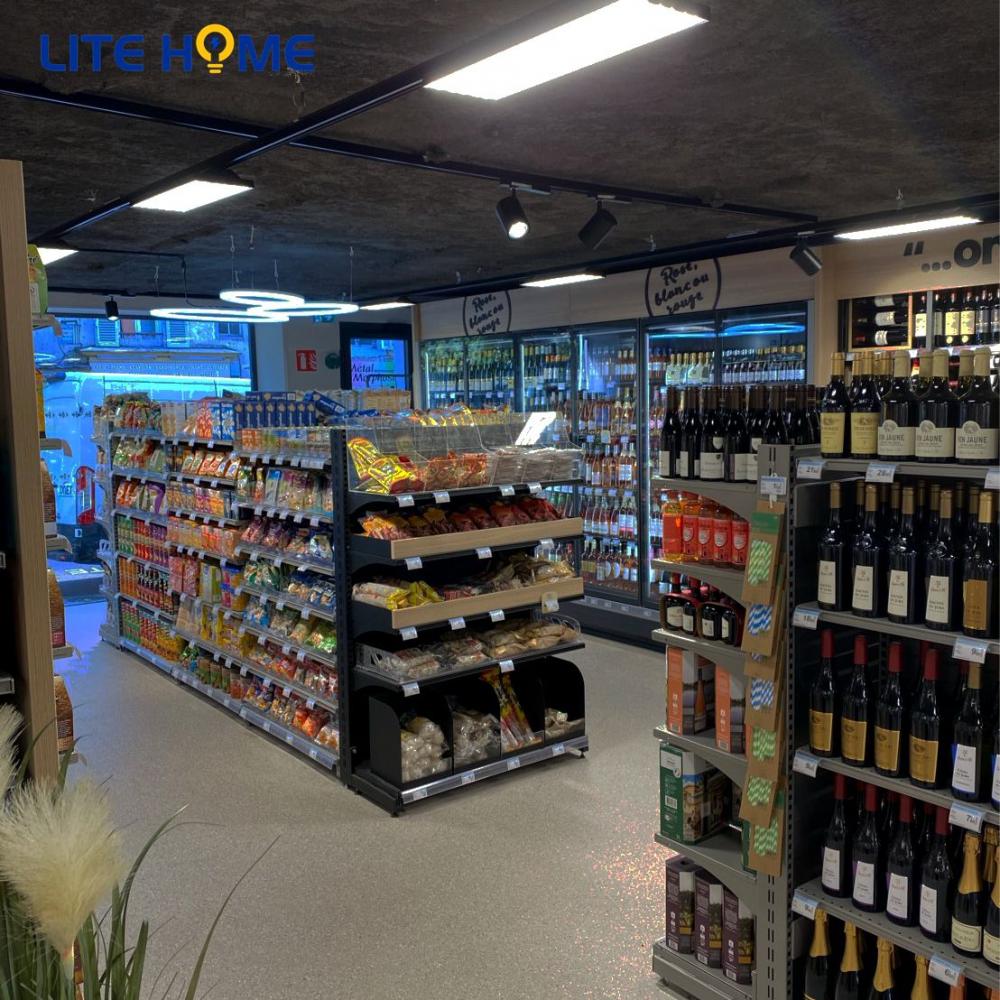5 Steps to Setting Up Retail Store Lighting
October 09, 2022
When setting up your retail store, you have to answer a lot of questions about the store layout and the overall design of the space. Where should you place your products to attract more customers? How do you highlight certain areas within the space? What do you need to do to present the exact brand experience you want your customers to feel?
In addition to planning the placement of equipment and furniture, you should also consider your store's retail lighting layout. This will set the ambiance and overall look of your venue.
Here are the steps to set up a successful retail store lighting design for your store.
1. Understand the basic types of retail lighting
Before setting up a retail lighting design for your store, you must first understand what each lighting is for. The different types of lighting you see in stores can all be divided into 4 categories:
a) Accent lighting
This type of retail lighting solution highlights areas or items in your store in an eye-catching way. They highlight products and specific locations within the store and grab the attention of customers.
Accent lighting can be placed on shelves, windows, or walls—anything or anywhere in the store you want to focus on. It can be mounted behind a shelf as a backlight for more subtle lighting, or it can be mounted in front as a spotlight to illuminate corners.

b) Task lighting
This lighting is designed to illuminate a place and make certain tasks easier to accomplish. They are designed to illuminate an area more than any other type of lighting.
Service desks, cashiers, locker rooms, office spaces, storage rooms, and warehouses are areas where you can see task lighting work its magic. These venues need bright lights to make it easier for employees and customers to do what they need to do.

c) Ambient lighting
Ambient lighting is the general light source used in the store. It fills the gap between task and accent lighting fixtures and keeps every corner lit. It provides enough light to ensure customers see everything around them and gives them a sense of security.
Ambient lighting also helps set the mood of the place. Ambient lighting can be used to define the overall softness or brightness of space without interfering with the effect created by task and accent lighting.

d) Decorative lighting
This lighting usually involves striking light fixtures whose main function is to add aesthetic value to your store. They are often flexible as they can be used as ambient lighting, accent lighting, or task lighting.
2. Determine the area you need to cover
When drawing a retail lighting layout, calculate the total floor area that needs lighting. According to the Lighting Research Center, ambient lighting should provide about 1.5 to 2.5 lumens per cubic foot.
To determine the total brightness your store needs, you must calculate the dimensions of the space. Then multiply the size by 2.5 lumens, which is the maximum recommended brightness to illuminate the space. The result you will get is the total amount of lumens needed to fully illuminate the entire space.
To maximize retail lighting layouts, it is recommended that fixtures be placed no more than 6 feet apart from each other. The distance between the fixtures will depend on the effect you want to show and the type of lighting you are using.
3. Determine the type of light source you need
Before you choose a light fixture design, find out what type of light source your store needs. A luxurious chandelier is meaningless if it doesn't provide the right amount of light to your target area.
The color and brightness of the light source will set the mood you want to express in your store. Improper choices can create brand inconsistencies, or worse, poor customer experience can affect a business's reputation.
The warmth and coolness of a light source are defined by its color temperature, measured in Kelvin (K); you can see this value in the bulb you buy or in the bulb's box. According to retail lighting guidelines, the higher the K value, the whiter the color of the light emitted.
If your goal is to create a softer, warmer, and more intimate environment, choose a light source with a lower Kelvin value. If you want sharper tones that mimic natural light, look for products with higher Kelvin values.
You can mix and match your store's color temperature, but businesses often use just one shade to maintain brand consistency.
The brightness of the light source is measured in lumens. The higher the lumen value, the brighter the light from the bulb or lamp. This value can be used as a retail lighting guide to determine how bright you want your store to be.
Sales people often use wattage to describe the brightness of a light fixture. Sadly, this ratio is inaccurate, as there are different types of bulbs that emit different light levels despite having the same wattage. Wattage is used to describe power consumption, not the brightness of a light fixture.






